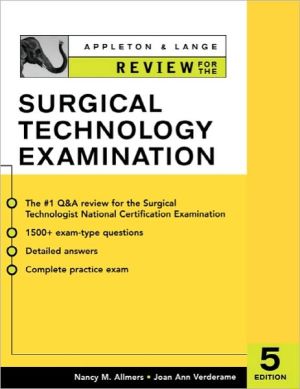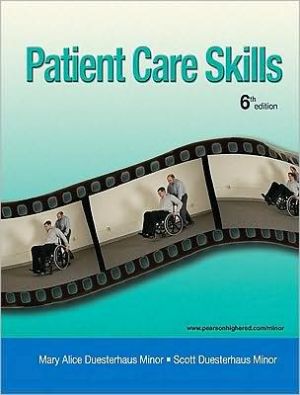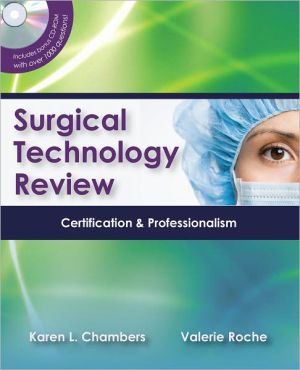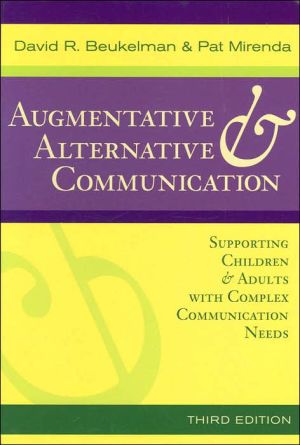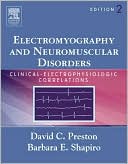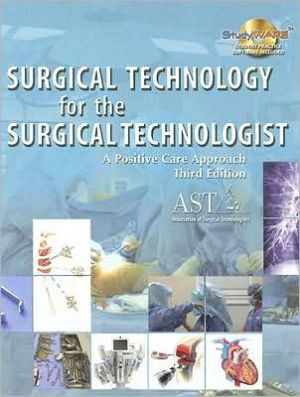Manual of Nerve Conduction Studies
Now, for the first time, practitioners have access to a huge database of normal values, developed using the most modern scientific protocols, for virtually any patient population! Normal ranges take into account age, sex, height and body mass index for a wide range of demographic groups to provide a complete set of reliable values for everyday clinical practice. For each nerve fiber, the author provides the nerve root level, the peripheral nerve level, and the plexus pathway. In addition, for...
Search in google:
This manual offers practitioners access to a large database of normal values, developed using the most modern scientific protocols, for any patient population. The text covers current methods for conducting nerve sensory tests and codifies the acceptable differences in latency, amplitude and nerve conduction velocity between nerves of the same or opposite limbs. In the second edition, many studies are updated and, when possible, are based on larger groups of subjects with varied demographics. Annotation © 2006 Book News, Inc., Portland, OR Journal of Neurology Neurosurgery Its wider appeal for the novice or junior practicing electrophysiologist is its descriptions and diagrams detailing electrode positioning and examples of typical, expected waveforms. It is for this reason that I might find myself with this book at the bedside, especially for some of those more obscure cutaneous sensory nerves.
Upper Extremity/Cervical Plexus/Brachial Plexus Motor Studies Upper Extremity Sensory and Mixed Studies Lower Extremity Motor Studies Lower Extremity Sensory and Mixed Studies Cranial Nerves Root Stimulation Other Studies of Interest Appendix Index
\ From The CriticsReviewer: Michael Benatar, MD, PhD(Emory University School of Medicine)\ Description: This second edition manual provides a description of the technical aspects of performing both common and uncommon nerve conduction studies as well as a set of reference data for use in interpreting the results of these electrophysiological studies. The first edition was published in 2000.\ Purpose: This manual is intended to be used for reference at the bedside while performing nerve conduction studies. The goals are to provide instruction in the technical aspects of performing nerve conduction studies, as well as easy access to a set of reference (normative) data for use in interpreting the results of these nerve conduction studies. The second goal is particularly important in view of the fact that reference data has historically been poorly documented in this field.\ Audience: The book is written for those who perform and interpret nerve conduction studies. As such the intended audience includes neurophysiology technicians, neurology and physiatry residents, and neurophysiology fellows, as well as neurologists and physiatrists. The lead author's track record of publications in the field suggests that he is a credible authority in the field.\ Features: Each short chapter is devoted to a single nerve conduction study. The chapters employ a uniform style to summarize the technical aspects of the neurophysiological study, including the placement of recording and simulating electrodes and the filter, gain, and sweep speed settings. The details of the nerve fibers (roots and plexus components) evaluated by each nerve conduction study as well as reference data for the amplitude, latency and velocity of the recorded responses are provided. Finally, each chapter includes a simple diagram that illustrates electrode placement and the typical morphology of the recorded waveform. This book has several shortcomings. Firstly, the authors rely almost exclusively on their own reference data to the neglect of data generated by other investigators, with no hint to the reader that other data may exist. Secondly, although well referenced (often to manuscripts not yet published), the authors do not provide a sufficiently detailed account of how the reference data they cite was generated, leaving readers unable to evaluate the reliability of the reference data that is presented.\ Assessment: There are several other books that provide a source of reference for the technical aspects of performing nerve conduction studies (Preston and Shapiro, Electromyography and Neuromuscular Disorders: Clinical-Electrophysiologic Correlations, 2nd edition (Elsevier, 2005); Oh, Clinical Electromyography: Nerve Conduction Studies, 3rd edition, (Lippincott Williams & Wilkins, 2003)). The unique aspect of this book is that it also provides a more complete set of reference data. Unfortunately, this is also the major shortcoming of the book, as it does not provide the reader with a way to evaluate the quality of this reference data.\ \ \ \ \ From the Publisher"Its wider appeal for the novice or junior practising electrophysiologist is its descriptions and diagrams detailing electrode positioning and examples of typical, expected waveforms. It is for this reason that I might find myself with this book at the bedside, especially for some of those more obscure cutaneous sensory nerves..." -Journal of Neurology, Neurosurgery, and Psychiatry\ \ \ From The Critics"Its wider appeal for the novice or junior practising electrophysiologist is its descriptions and diagrams detailing electrode positioning and examples of typical, expected waveforms. It is for this reason that I might find myself with this book at the bedside, especially for some of those more obscure cutaneous sensory nerves..." -©Journal of Neurology, Neurosurgery, and Psychiatry\ \ \ \ \ Journal of Neurology NeurosurgeryIts wider appeal for the novice or junior practicing electrophysiologist is its descriptions and diagrams detailing electrode positioning and examples of typical, expected waveforms. It is for this reason that I might find myself with this book at the bedside, especially for some of those more obscure cutaneous sensory nerves.\ \ \ \ \ 3 Stars from Doody\ \

